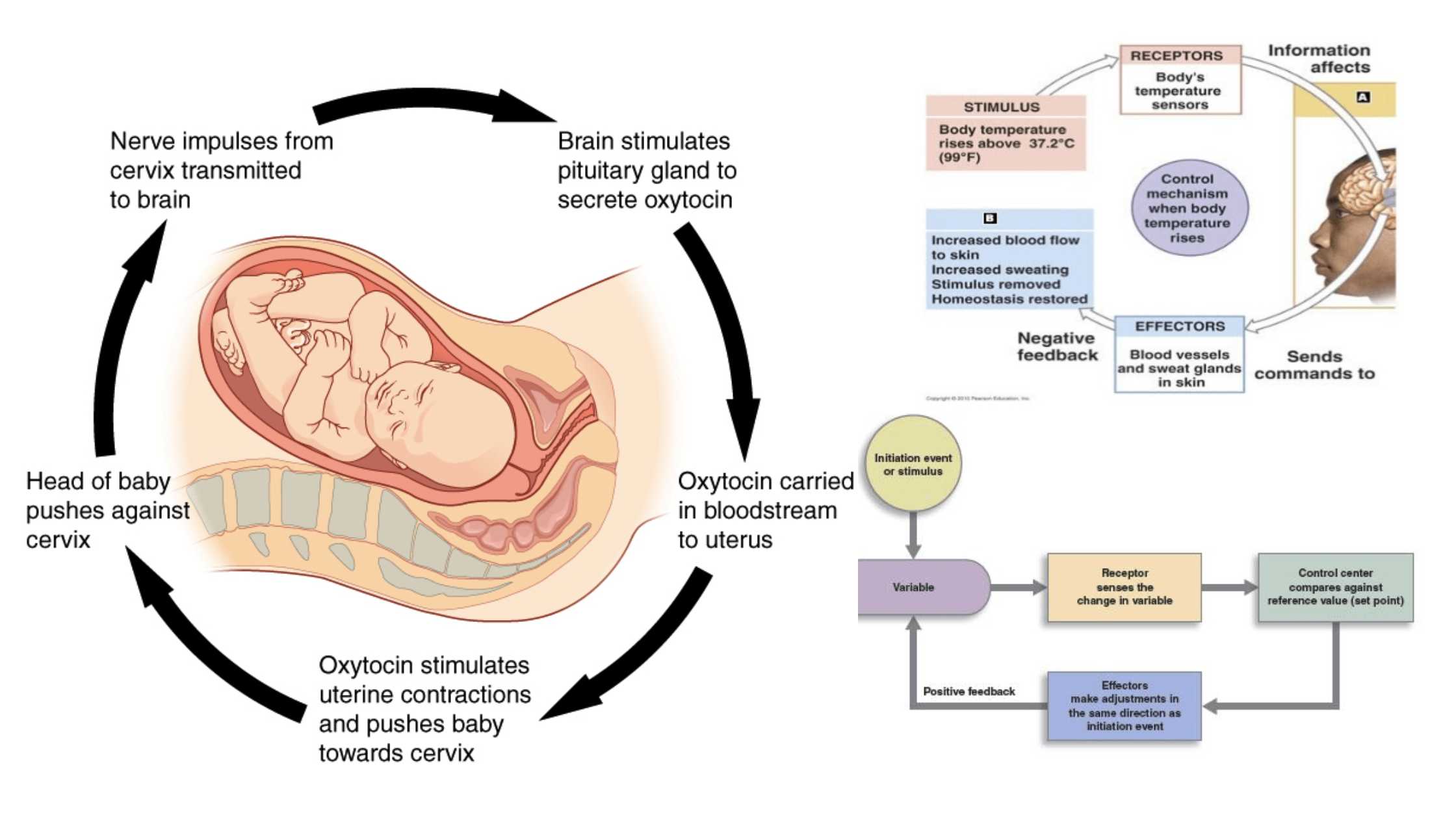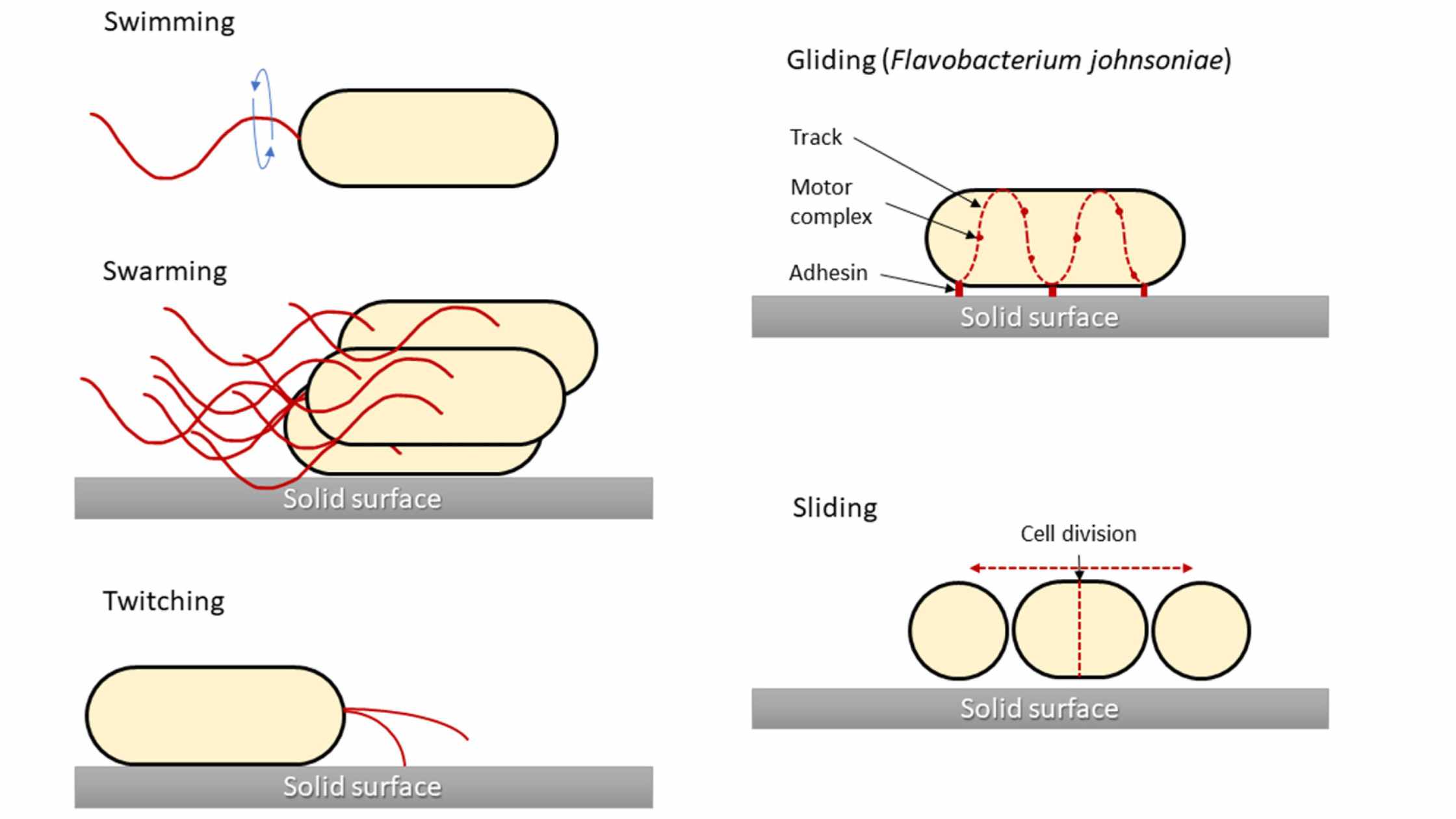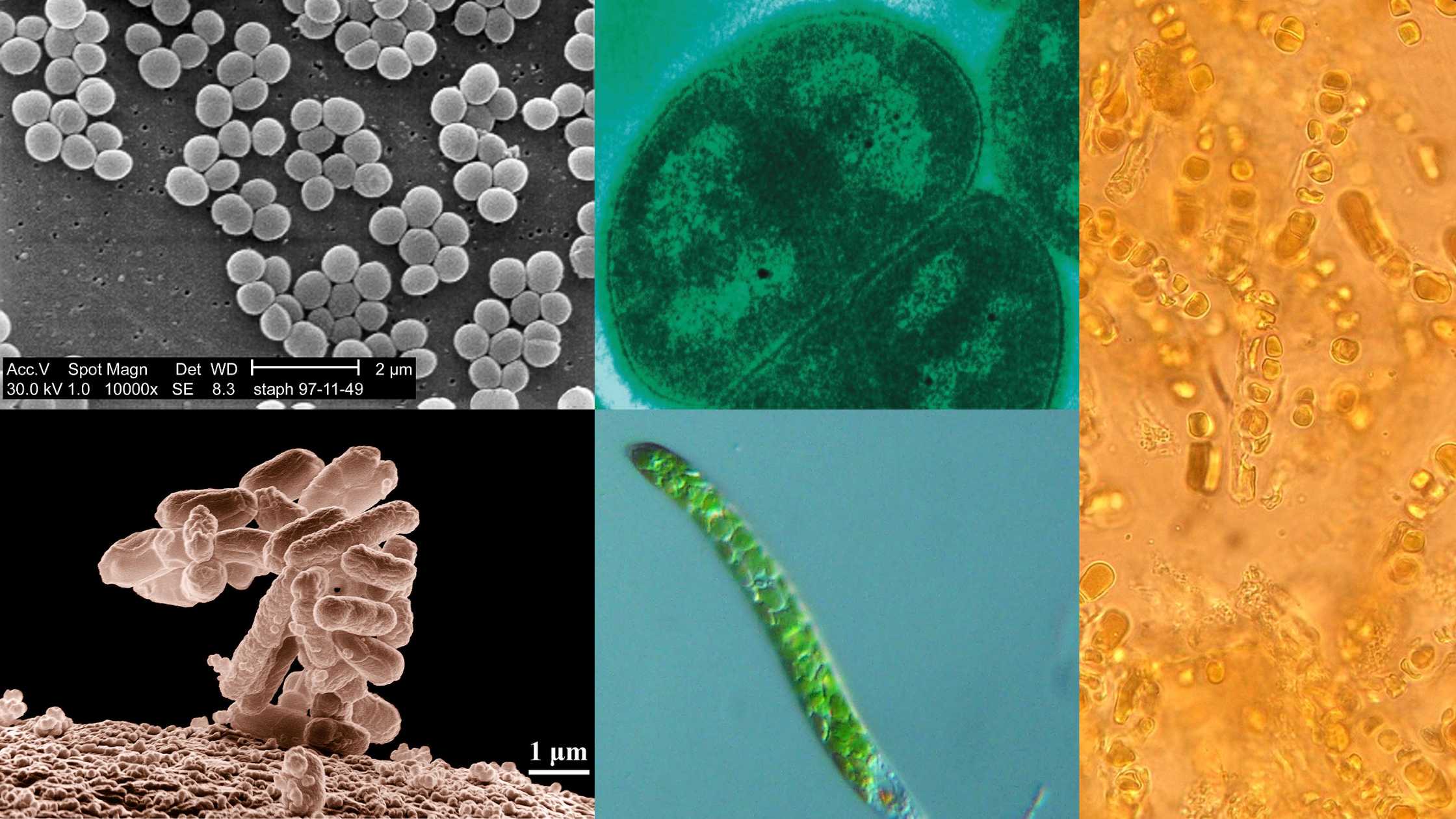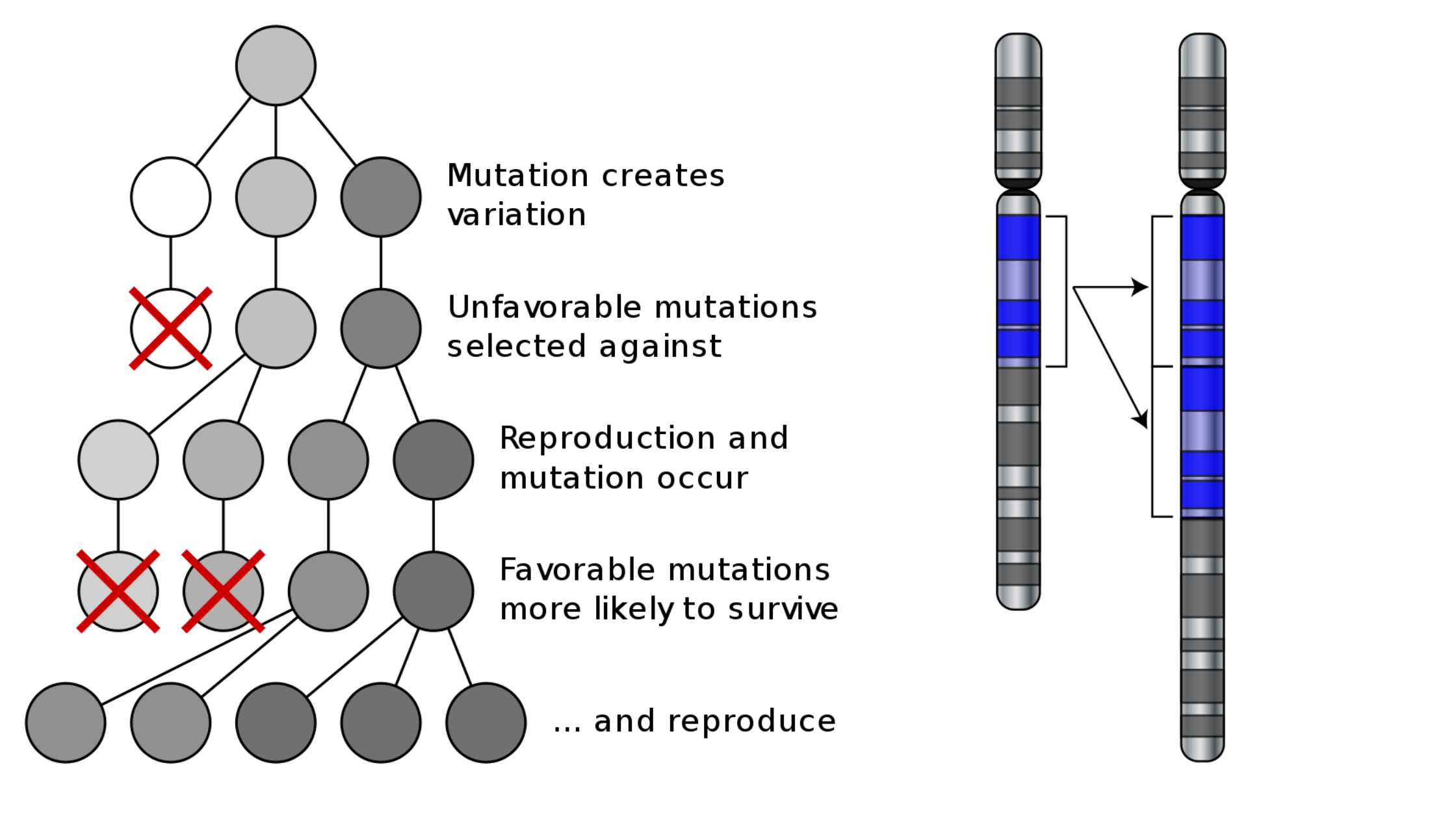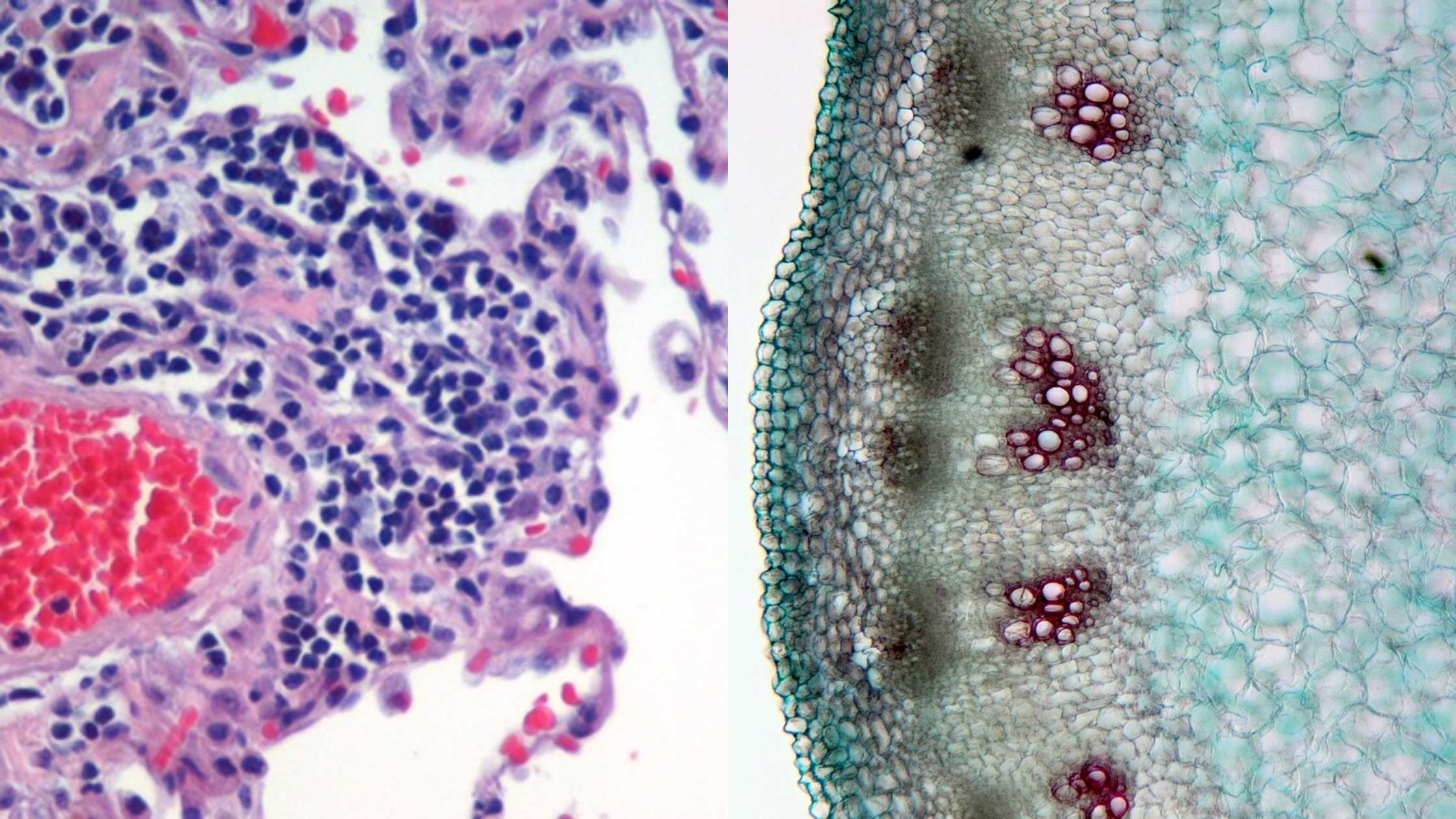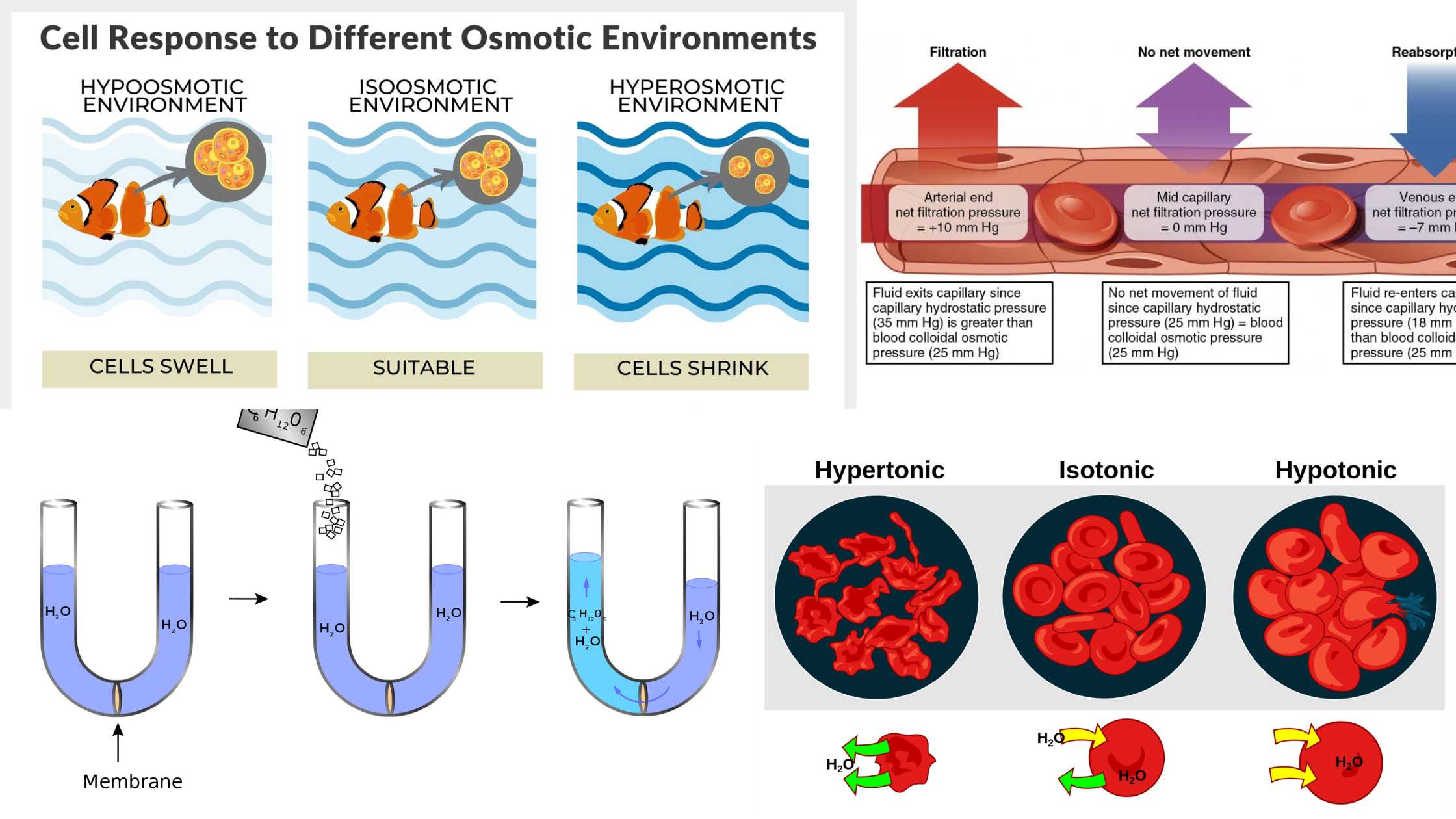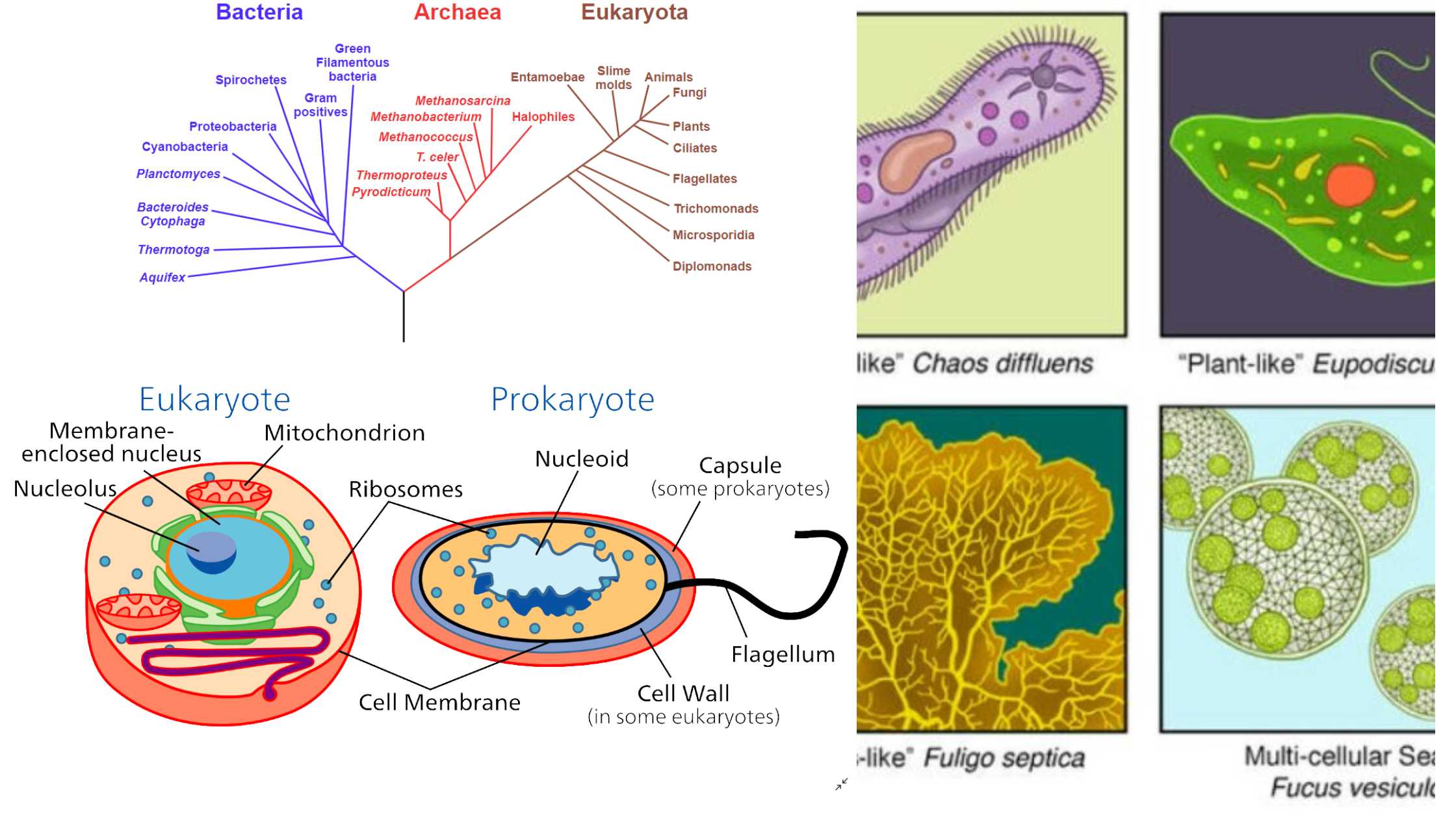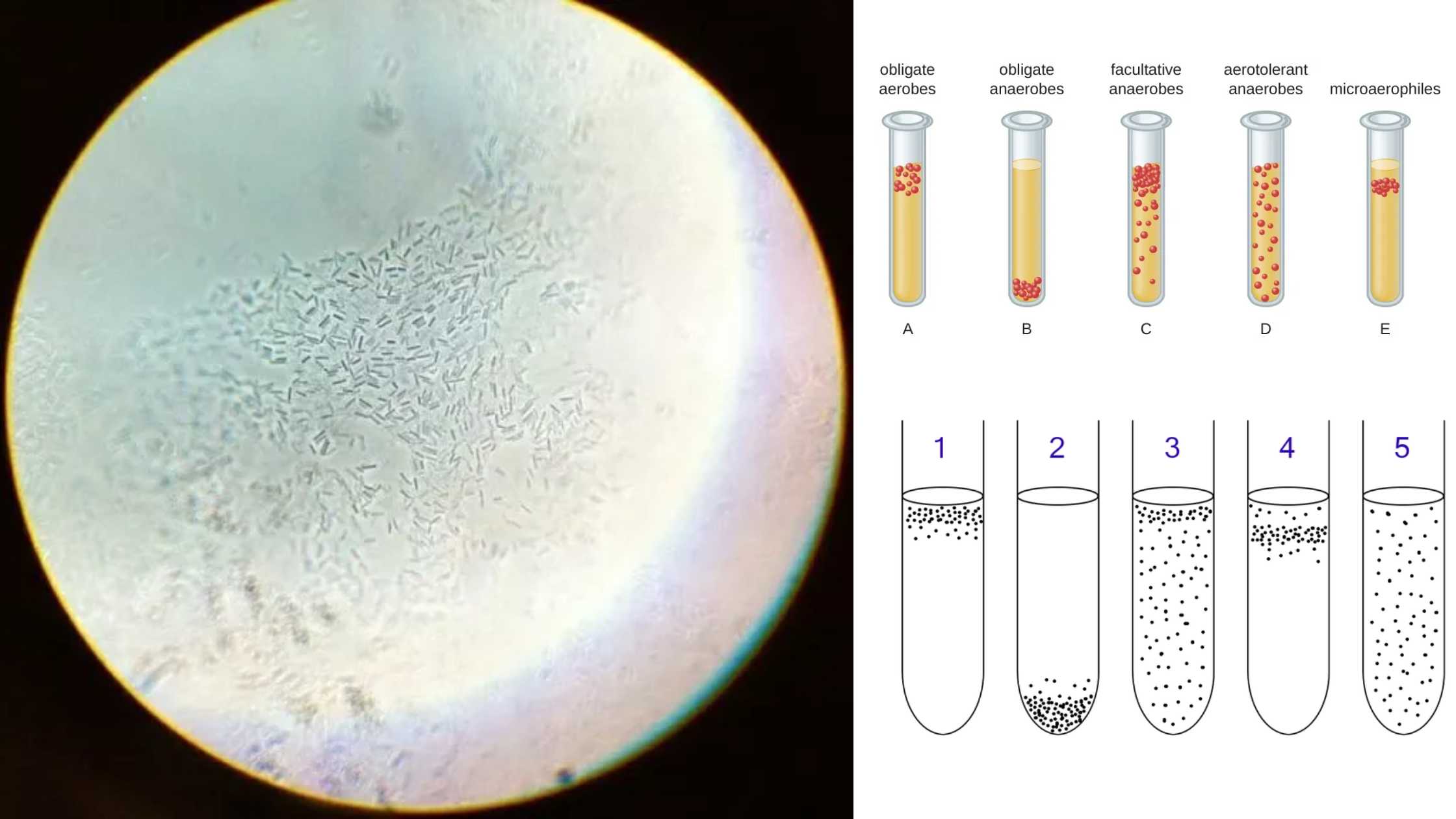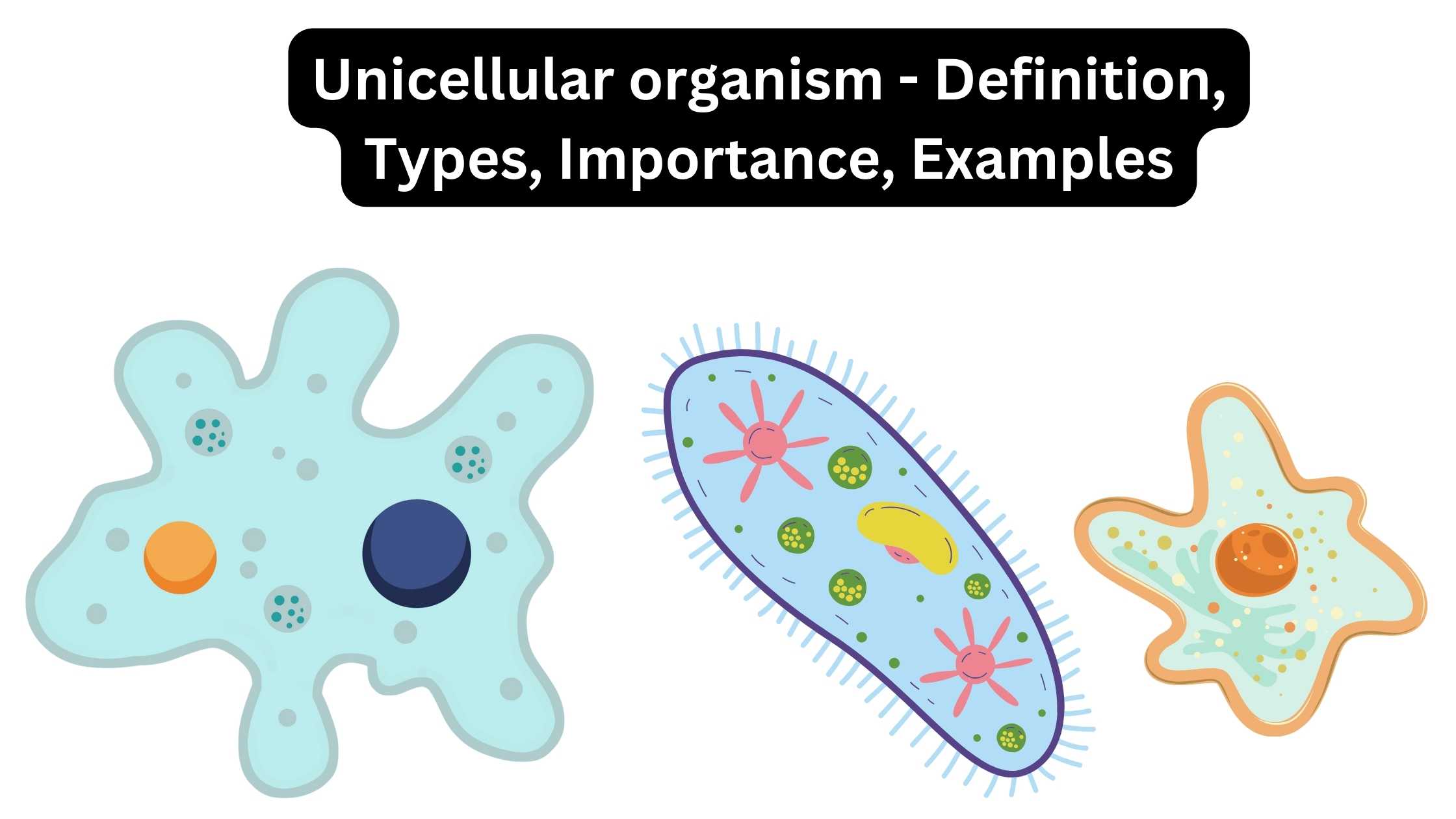Feedback Mechanism – Definition, Types, Mechanism, Examples
What is Feedback mechanism? Definition of Feedback mechanism A feedback mechanism is a regulatory system within a process or organism that responds to changes by either amplifying (positive feedback) or counteracting (negative feedback) them to maintain equilibrium or homeostasis. Open and Closed-Loop Feedback Mechanisms Feedback loops are integral components in the maintenance of homeostasis within … Read more
